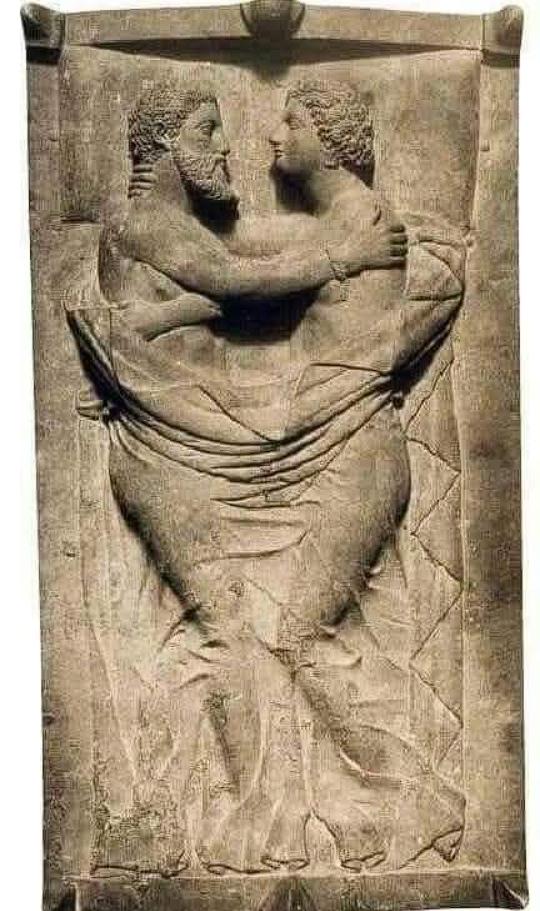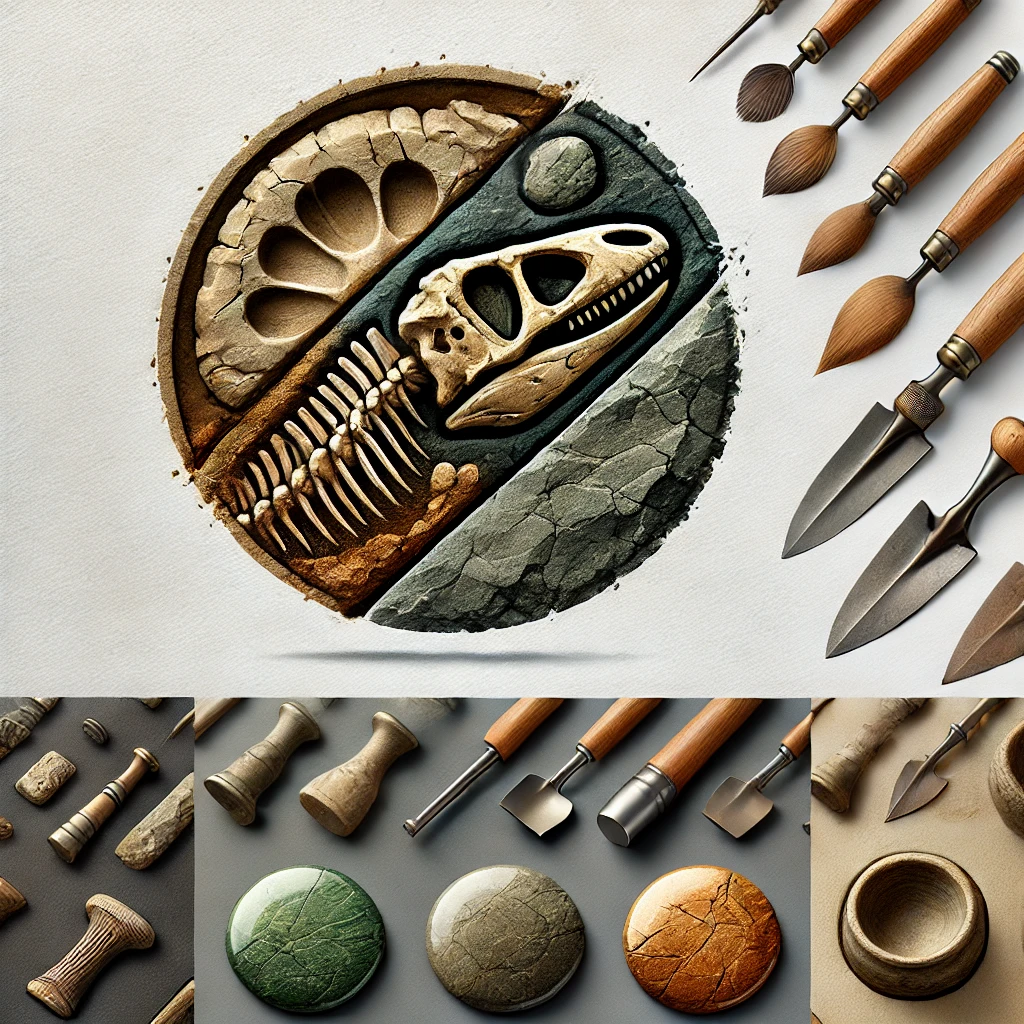Eternal Embrace: The Tetnies Sarcophagi and Etruscan Love
In the mid-19th century, beneath the rolling hills of Vulci, Italy, a remarkable discovery was made that would offer a profound glimpse into the intimate world of the Etruscans. Princess Alexandrine de Bleschamp, during her excavations in December 1845, unearthed the Tetnies Tomb in the Ponte Rotto necropolis. Within this ancient burial site lay two sarcophagi, side by side, their lids adorned with lifelike depictions of couples locked in eternal embrace.
The Discovery of the Tetnies Sarcophagi
Unearthing the Tetnies Tomb
The Tetnies Tomb, dating back to the 4th century BC, was discovered in a deep grotto near the Fiora River. The tomb contained two sarcophagi belonging to the Tetnies family, a prominent Etruscan lineage. The sarcophagi were transported to the castle at Musignano, where they remained until their eventual relocation to Boston in the 1880s.
Artistic Significance of the Sarcophagi
The sarcophagi are notable for their detailed carvings and the intimate portrayal of the couples. One sarcophagus, carved from volcanic tuff, depicts the parents, Ramtha Vishnai and Artnh Tetnies, reclining together on a marriage bed, their feet peeking from beneath the covers. The other, made of limestone, shows their son, Larth Tetnies, and his wife, Thanchvil Tarnai, in a similar pose, gazing into each other’s eyes.
Cultural Context of Etruscan Funerary Art
These sarcophagi reflect the Etruscan belief in the afterlife and the importance of familial bonds. Unlike their Greek and Roman counterparts, Etruscan art often depicted women as equal partners, highlighting the society’s progressive views on gender roles. The affectionate portrayals suggest a celebration of marital love and companionship that transcended death.
The Journey to the Museum of Fine Arts, Boston
Acquisition and Preservation
After their discovery, the sarcophagi changed hands several times before being acquired by the Museum of Fine Arts, Boston. One was purchased in 1886, and the other, initially loaned by the Boston Athenaeum, was acquired in 1975. The museum has since undertaken extensive conservation efforts to preserve these artifacts for future generations.
Conservation Efforts
In 2011, the museum initiated a two-year conservation project to address structural issues and surface deterioration. Specialists employed non-invasive techniques to stabilize the sarcophagi, ensuring their longevity. The project also provided insights into Etruscan craftsmanship and the materials used in their funerary art.
Public Engagement and Education
The conservation process was conducted in a gallery setting, allowing visitors to observe the meticulous work involved in preserving ancient artifacts. This initiative aimed to educate the public about Etruscan culture and the significance of the Tetnies sarcophagi, fostering a deeper appreciation for ancient history.
The Legacy of the Tetnies Sarcophagi
Insights into Etruscan Society
The Tetnies sarcophagi offer valuable insights into Etruscan society, particularly regarding family dynamics and gender roles. The equal representation of men and women in these funerary sculptures indicates a society that valued partnership and mutual respect within the family unit.
Influence on Modern Perceptions
These artifacts challenge modern perceptions of ancient civilizations, highlighting the diversity and complexity of past societies. The tender depictions of the couples serve as a poignant reminder of the universal human experiences of love, loss, and remembrance.
Continuing Relevance
Today, the Tetnies sarcophagi continue to captivate audiences, bridging the gap between ancient and modern times. They stand as enduring symbols of love’s permanence and the Etruscans’ artistic legacy, inviting reflection on the timeless nature of human relationships.

CÁC TIN KHÁC
Mary Walton: The Forgotten Inventor Who Helped Clean Up America’s Cities
Tomb of Queen Nefertari in the Valley of the Queens, Egypt
Discover the Hypostyle Hall of the Temple of Hathor at Dendera
Venus de Losange: Unveiling the Mystery of a 20,000-Year-Old Paleolithic Icon